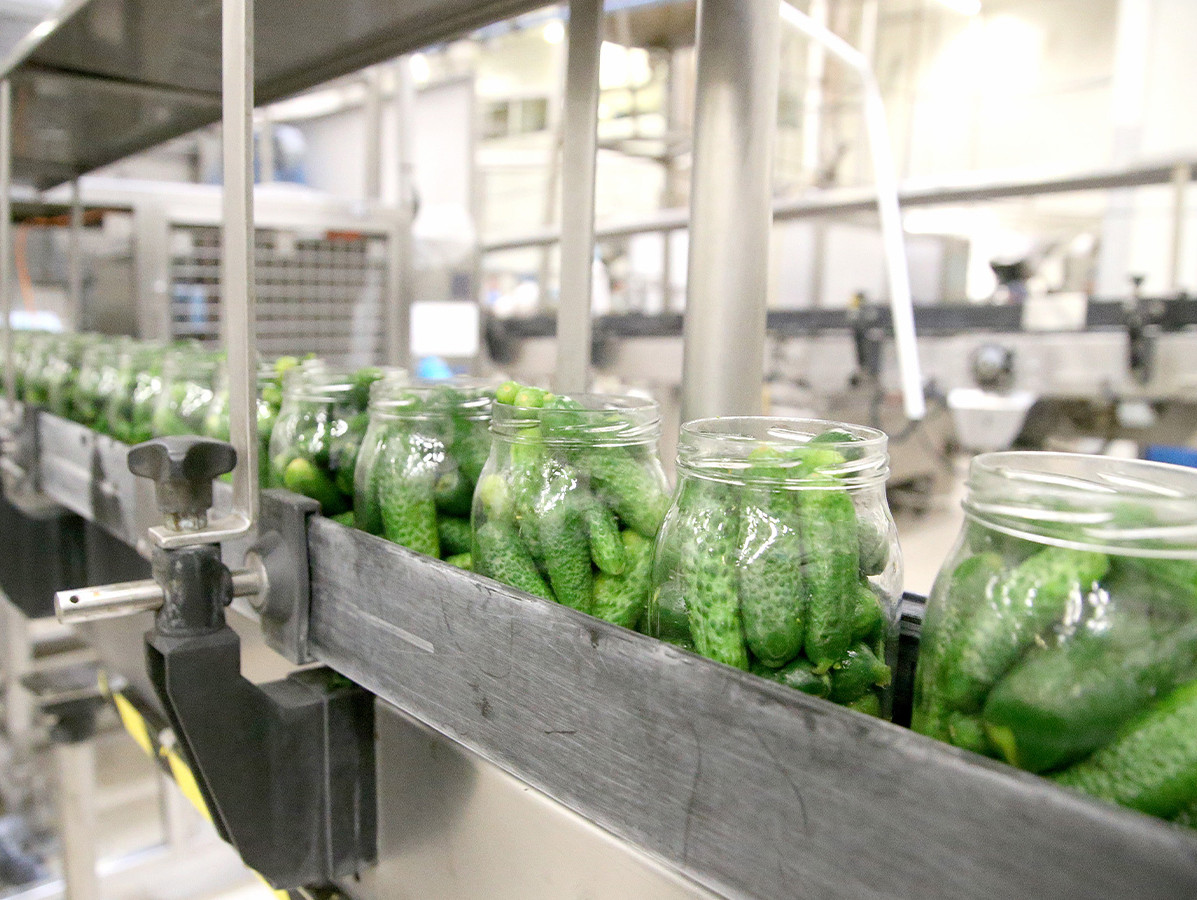
Despite the recent sharp fall in wholesale gas and electricity prices, ING expects them to rise again next year. Without Russian gas, it is likely to become more difficult to fully fill gas reserves even in 2023. Energy-intensive subsectors in industry in particular will suffer.
Gas and electricity prices on the wholesale market fell sharply in October 2022 to around €40/MWh for gas and €100/MWh for electricity. That is 'only' 2 to 2.5 times higher than before the energy crisis. Well-stocked gas storages, extremely warm weather for the time of year, a consistently high supply of LNG and European policies to save energy explain the drop. Yet this seems short-lived. In 2022, the European Union still had a few months of Russian gas available to fill its gas stocks. Next year, Europe will probably have to do without it. For 2023, the market therefore expects gas prices of €135-140/MWh and electricity prices of €300-450/MWh, which are respectively 7-10 times higher than in the years before the energy crisis.
Industrial activity has been losing momentum since the second quarter of 2022. While production levels this year are still higher than a year ago, month-on-month contraction has been visible since the production peak in April. In August, for instance, production was 3% lower than in April. Energy contracts are being renewed at substantially higher prices, even after the recent decline, energy prices are still at historically high levels. This leads to a divide: in energy-intensive industries, production is coming under increasing pressure. The most energy-intensive companies are increasingly forced to shut down part of their production for economic reasons. Apart from the slowdown in the international economy, persistently high energy prices are expected to depress industrial production until 2023.
Producer confidence in the food industry has recently turned from predominantly positive to negative. Higher energy prices will continue to trickle down the chain in 2023 as more and more older favourable contracts expire. Furthermore, many raw material prices are still at relatively high levels. Selling prices are currently more than 25% higher than in early 2020, and the majority of food producers plan to raise selling prices further. Although the sector's sales will increase in 2023 due to higher prices, ING expects pressure on margins and volumes as consumers look for cheaper products. One indicator of this is that the share of private labels in supermarket sales has never been this high before. Finally, the impact of energy support measures is relevant, as some of the food manufacturers, such as bakeries and canned goods manufacturers, are energy-intensive and in direct competition with foreign companies, some of which receive support, some of which do not.
Source: ING